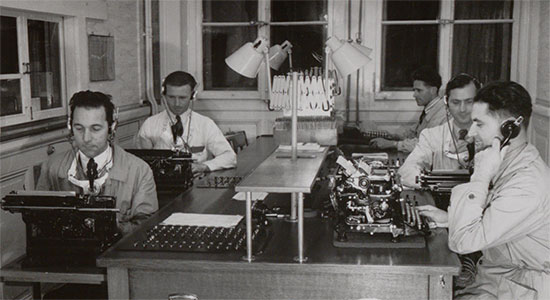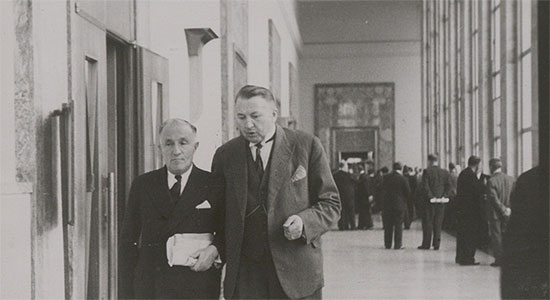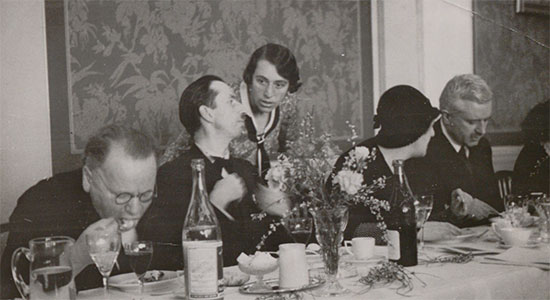Work packages
INNER_LEAGUE aims to uncover how the inner life of the League of Nations Secretariat shaped the lives of its staff and how they in turn created a new form of bureaucratized diplomatic site. It proposes, in line with its social-bureaucratic framework, that this happened through the development of multifarious communities, contested processes of hierarchization and the joint construction, by myriad employees, of infrastructures of multilateralism.
Work package 1: Communities
WP1 will pursue a multifaceted recovery of the communities that were created and worked within the League Secretariat: (a) A prosopographical mapping of the educational and professional make-up of the Secretariat, extending the already rich prosopographical data at hand. (b) An exploration of the epistemic communities of practice building on the prosopographical foundations. (c) A study of the social lives of the officials of the League Secretariat. And lastly, (d) an interpretation of the emotional community constructed in posterity through key publications by and interviews of former officials of the League of Nations.
Work package 2: Hierarchies
The aim of WP2 is to unearth how hierarchies were created and sustained and what this meant to the work and work-life of the League Secretariat. A fundamental starting point is, of course, to map the formal hierarchies of positions, paygrades and promotions created within the League over time, but beyond this we are concerned with practices of hierarchization and languages of difference. To do this WP2 combines studies of key bureaucratic practices and organs within the Secretariat and Natural Language Processing (NLP) text mining, to trace the rhetoric within the Secretariat – in evaluations, complaints and hirings/ promotions/ demotions/ firings. The League’s Secretariat is thus turned into a ‘sensory tool’ which maps how its structured relationships and global make-up altered or sustained racial, gendered, classed, ideological and civilizational hierarchies.
Work package 3: Infrastructures
WP3 unpacks the concept of infrastructures of multilateralism in three ways. First, it takes a material approach to understand their interactions with and within the spatial geography of multilateralism set up in Geneva, first at the Palais Wilson (1920-36) and later at the Palais des Nations (1936-46).
From this premise, secondly, we explore how the employees of the League Secretariat worked to prepare, maintain, and expand the organization as a multifarious, multilateral diplomatic site. Here, we aim to unearth the diplomatic agency of the many people working in seemingly minor roles, and to understand them as engaged in the crucial, collective diplomatic task of ‘preparing sites’ for mutual understanding. Third, and last, the work package is interested in where these infrastructures of multilateralism dispersed after the League’s demise. The final element of the WP3 is thus a global exploration of where the staff of the League landed, so to speak, in the postwar years.



